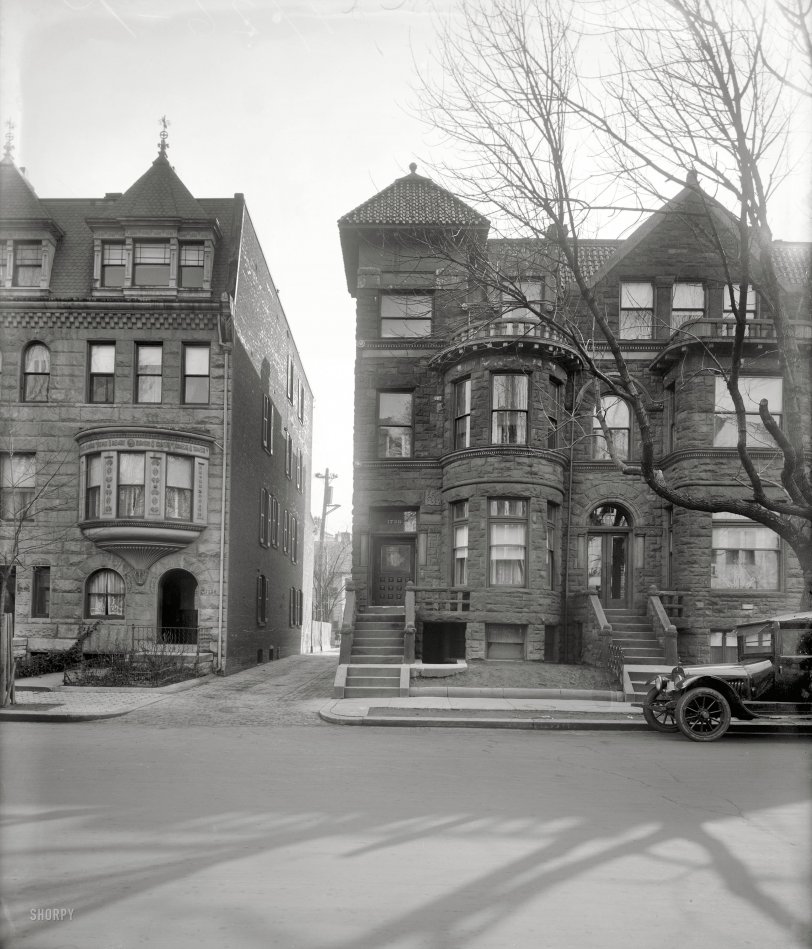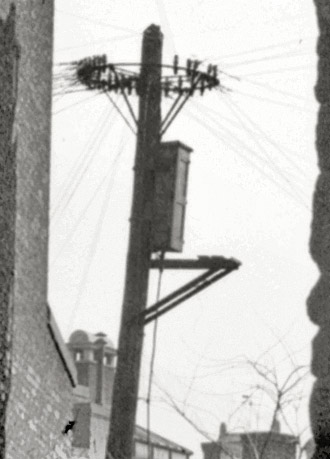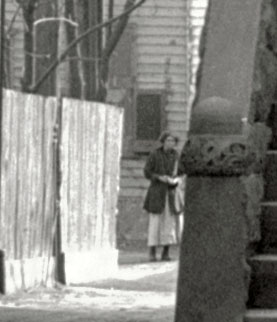


Framed or unframed, desk size to sofa size, printed by us in Arizona and Alabama since 2007. Explore now.
Shorpy is funded by you. Patreon contributors get an ad-free experience.
Learn more.

- Details, Details
- What's that building to the left of the tower?
- Coal Barges
- Bromo-Seltzer
- Inner harbor
- The Basin
- What a headache!
- Giant stepladder?
- Baldwin 62303
- Baldwin VO-1000
- Cold
- No expense spared
- Tough Guys
- Lost in Toyland
- And without gloves
- If I were a blindfolded time traveler
- Smoke Consumer Also Cooks
- Oh that stove!
- Possibly still there?
- What?!?
- $100 Reward
- Freeze Frame
- Texas Flyer wanted
- Just a Year Too Soon
- WWII -- Replacing men with women at the railroad crossing.
- Yes, Icing
- You kids drive me nuts!
- NOT An Easy Job
- I wonder
- Just add window boxes
Print Emporium
The Alley: 1920

Washington, D.C., circa 1920. "Smallwood, 1726 P Street." A variety of window treatments here. National Photo Company glass negative. View full size.
Hudson - Performance, Service, Value
The car is a circa 1914 - 1917 Hudson. The triangular logo on the radiator stood for performance, service, and value. The license plate appears to be a 1920 Washington D.C. plate. In 1929 Hudson would be the 3rd largest automobile manufacturer after Ford and Chevrolet.
Beautiful bay
The house on the left that was torn down was a beautiful building. I love the stonework around the bay window on the 2nd floor.
I want my Maypole
A Shorpy mainstay, the circular telephone drop. There must have been thousands of these back in the day.

Alley Girl
Her standing there staring at the photographer gives this photo a nice touch of mystery!
The squiggly line down the side of the building, is it a scratch in the plate or maybe a firefly or a ball of St. Elmo's Fire running through the alley?

Watergate flowerpot
The apartment to the left was replaced by the Webster House, at 1718 P Street, built in 1968. Bob Woodward had a small studio apartment there during his Watergate adventures. He would put a flowerpot in the window of No. 617 as a signal to Deep Throat (Mark Felt) that he wanted to meet.
Want to be freaked out?
It would appear that the buildings did a switcheroo and traded places in the night. I was puzzled until I realized they must have razed the one brownstone and moved the alley over for the newer building to the left. Freaky still.
Some still there, sort of
The houses to the right of the alley have undergone some changes, but parts of P street are as I remember them from Back in the Day.
Alley lives; house not so much
The alley would later expand and take over the house at 1726, but 1728 is still there and so is the tree out front, which you can see is a bit taller now
Also you cannot give up a good parking spot even 91 years later.
What's going on today?
Google Street View shows that #1726 still exists today in remarkably unchanged condition. Its neighbor to its right has been extensively modified and doesn't look all that nice anymore.
Where things get confusing is to the left of #1726. A building now stands in what was once the alleyway, and from its appearance it probably was built not long after this photo's 1920 date. So what happened to the building that stood to the left of the alleyway? It must have been demolished when the new building went up shortly after 1920, but in this photo it hardly seemed anywhere ready for demolition. Did it burn down?
Further note: the "new" building to the left of #1726 does not merely fill the old alleyway. It appears to the wider than the alleyway and therefore its construction would have required the demolition of the former #1724 decades before the construction of the Webster House in 1968.
P Street
I've always loved the houses on this section of P Street. Looks like at some point the house at 1726 was torn down and the alley was shifted to accommodate an apartment building. 1728 remains.
























On Shorpy:
Today’s Top 5